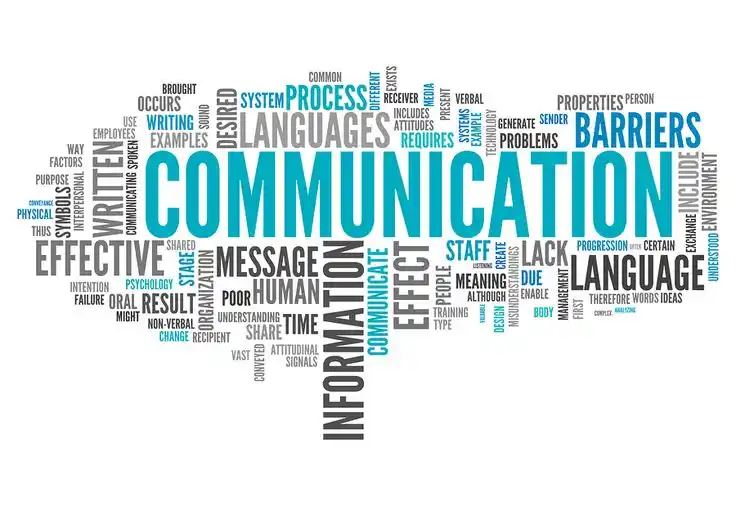The Art of Effective Communication: Strategies for Engaging Audiences and Inspiring Action

Whether you’re advocating for change, promoting a product, or leading a team, the ability to engage people with effective communication and inspire action is paramount. Effective communication requires a nuanced approach that balances passion with practicality. So, how do we craft messages that resonate? Here are some key strategies:
Understand your Audience: Before you even begin crafting your message, take a step back and consider your audience. Who are you trying to reach? What are their needs, interests, and challenges? Tailoring your language, examples, and references to their specific understanding will make your message more relatable and impactful.
Clarity is Key: Your communication should be easily accessible, ensuring that your message resonates with a broad audience. Keep it simple and straightforward. Avoid jargons, complex sentence structures, and unnecessary details. Remember, your audience’s time is valuable.
The Power of Storytelling: Facts and figures are important, but stories have an unique ability to connect with us on an emotional level. Have a clear narrative, anecdotes, or case studies into your communication to illustrate your points and make them more memorable.
Engage, Don’t Lecture: Effective communication is a two-way street. Don’t simply talk at your audience, engage them with open-ended dialogue. Use polls, or interactive elements to spark conversation and keep them actively involved. – leave room for questions.
The Art of Emotion: People are emotional creatures. Infuse your communication with passion and conviction for your message. While humor may not always be appropriate, injecting moments of liveliness can enhance engagement and encourage connection. Like a well-timed joke, the occasional anecdote or witty remark can break through barriers and invite audiences to lean in and listen. Let your enthusiasm shine through, but remember to strike a balance – professionalism is still key.
Action Speaks Louder: Don’t just inform, inspire. Clearly communicate the desired outcome of your message. What do you want your audience to do after they hear your words? Make it clear and achievable.
Remember, effective communication is a continuous process. As you practice and refine your skills, you’ll find yourself connecting with audiences on a deeper level and achieving the results you desire.
Beyond Words: The Power of Non-verbal Communication
Effective communication goes beyond just the spoken or written word. Our body language, facial expressions, and even vocal tone all play a crucial role in how our message is received.
Maintaining eye contact, using open gestures, and projecting your voice with confidence can significantly enhance your message. Conversely, crossed arms, fidgeting, or a monotone delivery can create a barrier between you and your audience.
By paying attention to both verbal and non-verbal cues, you can ensure your message is delivered with clarity and credibility.
The Responsibility of the Communicator
As communicators, we hold a certain power. The words we choose, and the stories we tell, all have the potential to shape perceptions and influence actions. Let’s commit to communicating with honesty, integrity, and inclusivity, ensuring that our messages empower, uplift, and inspire positive change.
